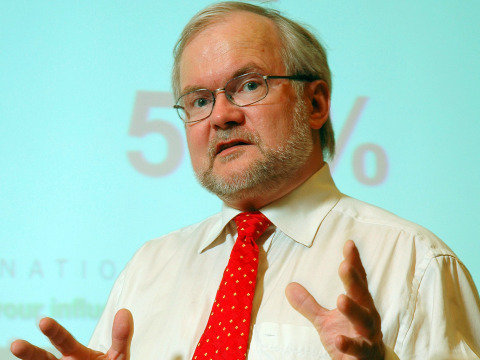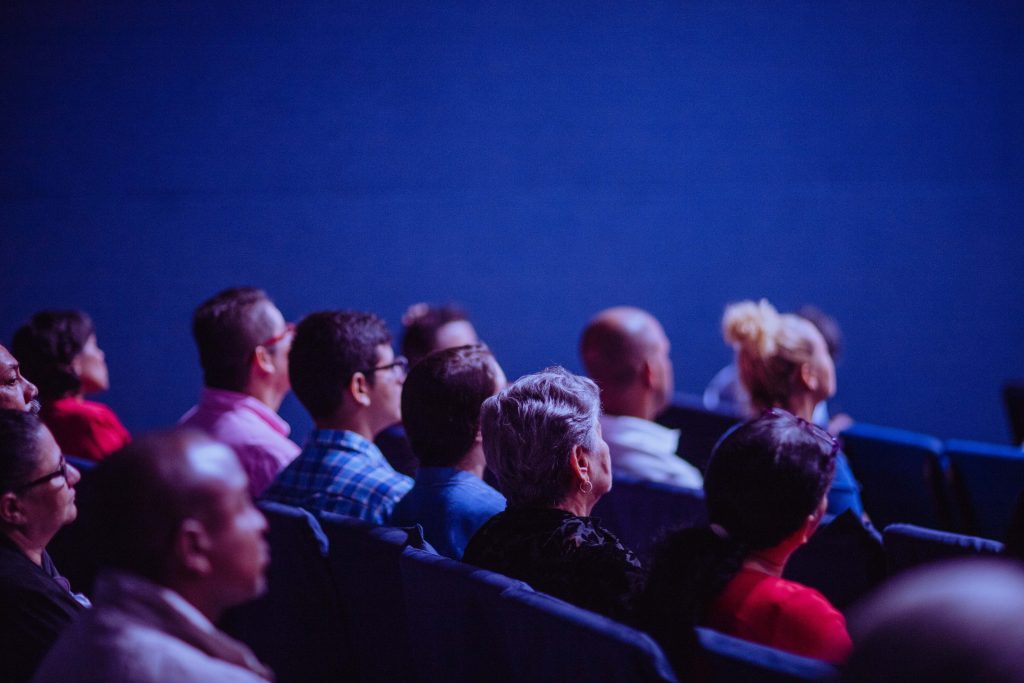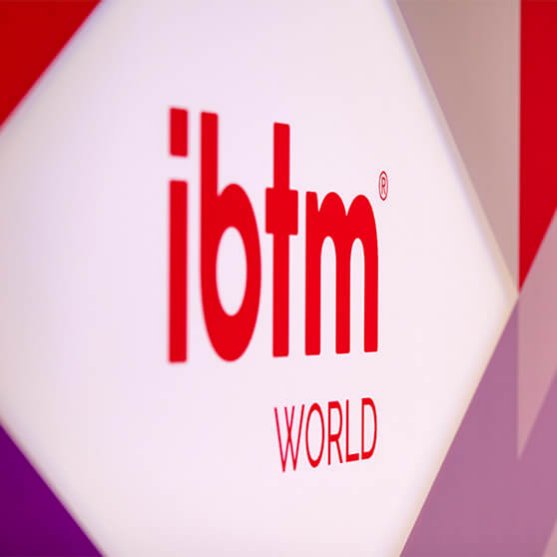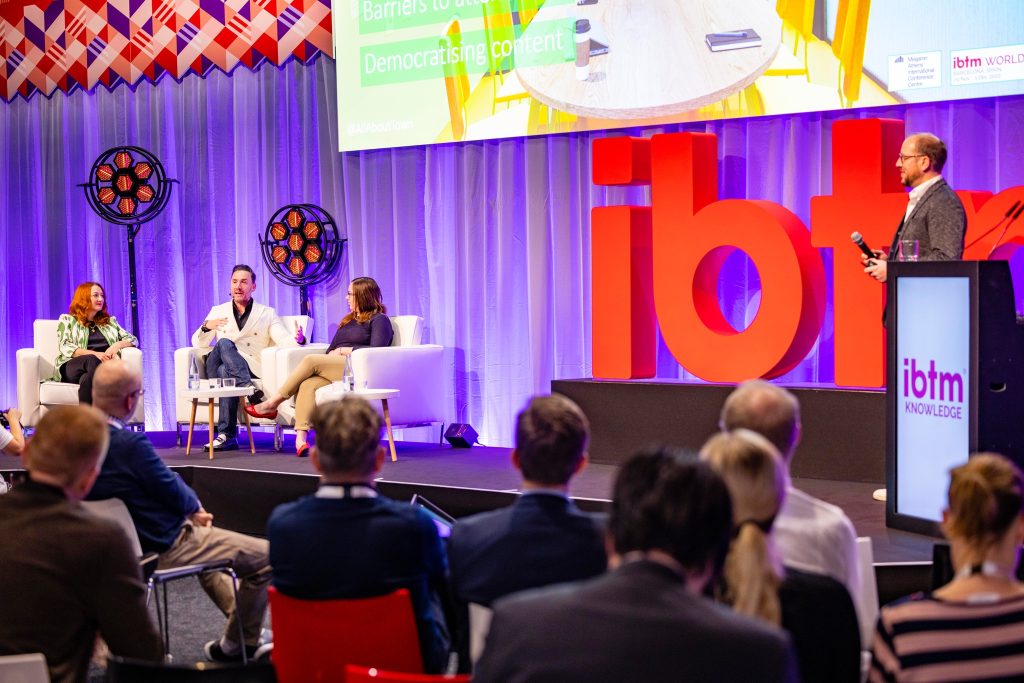ROI is history – How to survive a recession

Share news
Listen
When the chips are down, budgets are cut, it is happening now, and meetings are high on the list. This is exactly the sort of knee jerk reaction companies need to avoid.
At a time when competition is fierce and customer loyalty is dwindling, the customer hospitality event, the product launch or the user conference are more important than ever.
Canceling team-building events, strategy seminars, sales force kickoffs, incentives and staff training courses when employees are already feeling insecure about their futures can be hugely counter productive. The one thing you want to do in a recession is to keep your best staff motivated and on your side, slashing your internal events budget won´t do this.
Managers are not stupid, they are smart – that´s why they are managers. And in times of recession they do smart things, that´s how they keep their jobs.
If managers knew an event would make a profit, or that increasing event spend would yield far greater financial benefits, would they cut the budget? Of course not. However, many important management decisions are based on estimates and confidence in plans and budgets designed to achieve success. Management build factories based on estimated future sales, they buy companies based on estimated future performance and confidence in the ability of their staff to make the acquired company a success.
So why don´t they approve your event budgets? Because they are not confident your plans and budgets will make a profit. It´s as simple as that.
The ROI Methodology is the cure
Measuring the return on investment (ROI) after the event is not the answer. ROI is history. In a recession it is too late to find out afterwards if your event made a profit. Instead, you need to apply the ROI Methodology as a planning tool, like it is supposed to be.
The ROI Methodology is a robust process that enables you to set objectives and measure results at every level. It is a powerful tool for ensuring your events achieve the highest possible ROI, as well as establishing how big your budget needs to be before diminishing returns set in, the point when an increase in the event budget would start to produce a smaller increase in the results.
The first step – Level 4 in the ROI Methodology (see illustration) – is to develop and explain the Business Impact objectives; or how your meeting or event will directly affect the orgainsation´s bottom line. Will the meeting increase sales and/or reduce costs? These are the only two alternatives, the only way to create profit.
Once you have established these, you need to set objectives for what delegates need to actually DO after the meeting – not just what they should think or feel – in order to increase sales or reduce costs. This is Level 3.
Next, you need to set objectives for what delegates need to learn at the event; what cognitive change must take place before any behavioural change is effected. This is Level 2. Learning in this context is quite broad. You learn attitudes and values, to know other people (trust and liking) as well as information and skills. What needs to happen at Level 2 is also referred to as Education, Networking and Motivation, or Inform, Connect and Engage.
Finally, you need to set Satisfaction objectives (Level 1) – this means satisfaction with hospitality and content, the creation of a good environment for learning.
Now you have a set of multi-level objectives that logically connect one level with the next.
The Meeting Architect is the physician
From this you can design your meeting. As a meeting planner, you design the form and content of the meeting to achieve Level 3 – Application objectives. You know what you need participants to do after the event to create the Business Impact, so how do you make them do that?
This is the job of the Meeting Architect, a person who designs form and content, finds the right venue for the learning environment, plans networking activities with explicit learning objectives, ensures that the right speakers speak with excellence about the right topics and engage the audience through discussions and exercises to ensure they will not forget the message.
The Meeting Architect understands how to communicate using the five senses, he understands the impact light, sound and even food have when creating different atmospheres for networking and learning.
In good times, or if you have a proven record for designing events which deliver the highest possible ROI, you probably don´t need to present your form and content design with the budget application, but today you probably must. If you are not an experienced meeting designer, find one! Someone who has the broadest possible knowledge and experience in subjects like behavioural psychology, sociology, education, presentation design, sound, light, group dynamics, facilitation, networking technology, webcasting, virtual meetings and more. In short, someone who knows how to create behaviour change through a meeting experience.
If you say that applying the ROI Methodology as a planning tool will take too much time and is too difficult, or if this is more than what you do for every meeting, then I understand why your budgets are being cut. As meeting and events professionals, this is exactly what we need to be doing for every event, large or small, in order to achieve the best possible ROI. Doing it today is a matter of survival. Without a proper set of objectives and a meeting design to achieve them, you may not get the budget, and there is no event, and maybe no longer a job.











